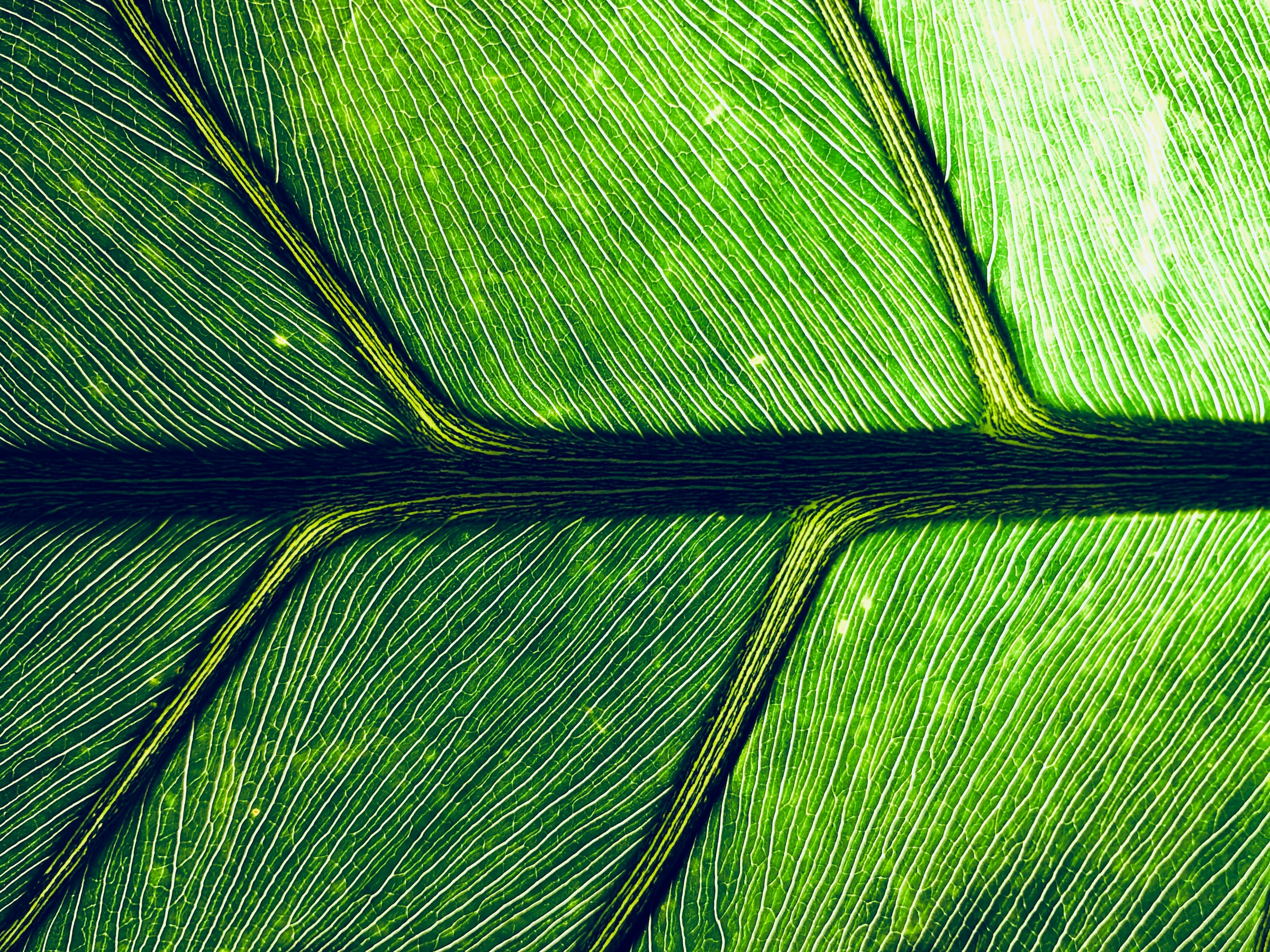Taking inspiration from nature to engineer safer structures
UNSW Canberra researchers are seeking inspiration from nature to engineer lightweight structures that are resilient to impact.
UNSW Canberra researchers are seeking inspiration from nature to engineer lightweight structures that are resilient to impact.

UNSW Canberra researchers are seeking inspiration from nature to engineer lightweight structures that are resilient to impact.
In a recently published paper, UNSW Canberra researchers are aiming to learn more from biological structures to inform the properties that would make lighter and structurally sound materials.
The team is made up from members of the Impact Dynamics group, including UNSW Canberra PhD student Shakib Hyder Siddique, Professor Paul Hazell, Dr Hongxu Wang, Dr Juan Escobedo and Dr Ali Ameri.
“Mother Nature has an abundant supply of ideas for researchers to put into an engineering perspective,” Shakib said.
“Researchers have explored many sources of inspiration from nature. It could be from a bamboo tree, pomelo peel, turtle's shell, or butterfly's wings.”
Using nature as a design approach in engineering structures is known as ‘biomimicry’. This allows nature to inform researchers to favour structures that have had thousands of years to adapt and thrive in their environments.
Of particular interest are structures that are lightweight, but with significant durable properties to withstand external impact.
We see these types of structures in many aspects of our everyday lives. Shakib explains that “energy absorbing materials are used in vehicle parts to reduce catastrophes during crashes, in armour to protect from rapid external forces, or in aeroplanes to mitigate forces experienced by debris or birds.”
To create these safer designs inspired by the complex makeup of nature, the research team advocate for additive manufacturing (also known as 3D printing). Additive manufacturing enables engineers to reproduce the intricate and exquisite properties that can be seen in nature.
Ultimately, by being inspired by nature, and brought to life through additive manufacturing, safer materials and structures can be created.
“At the end of the day, it all comes down to the safety of human beings.”